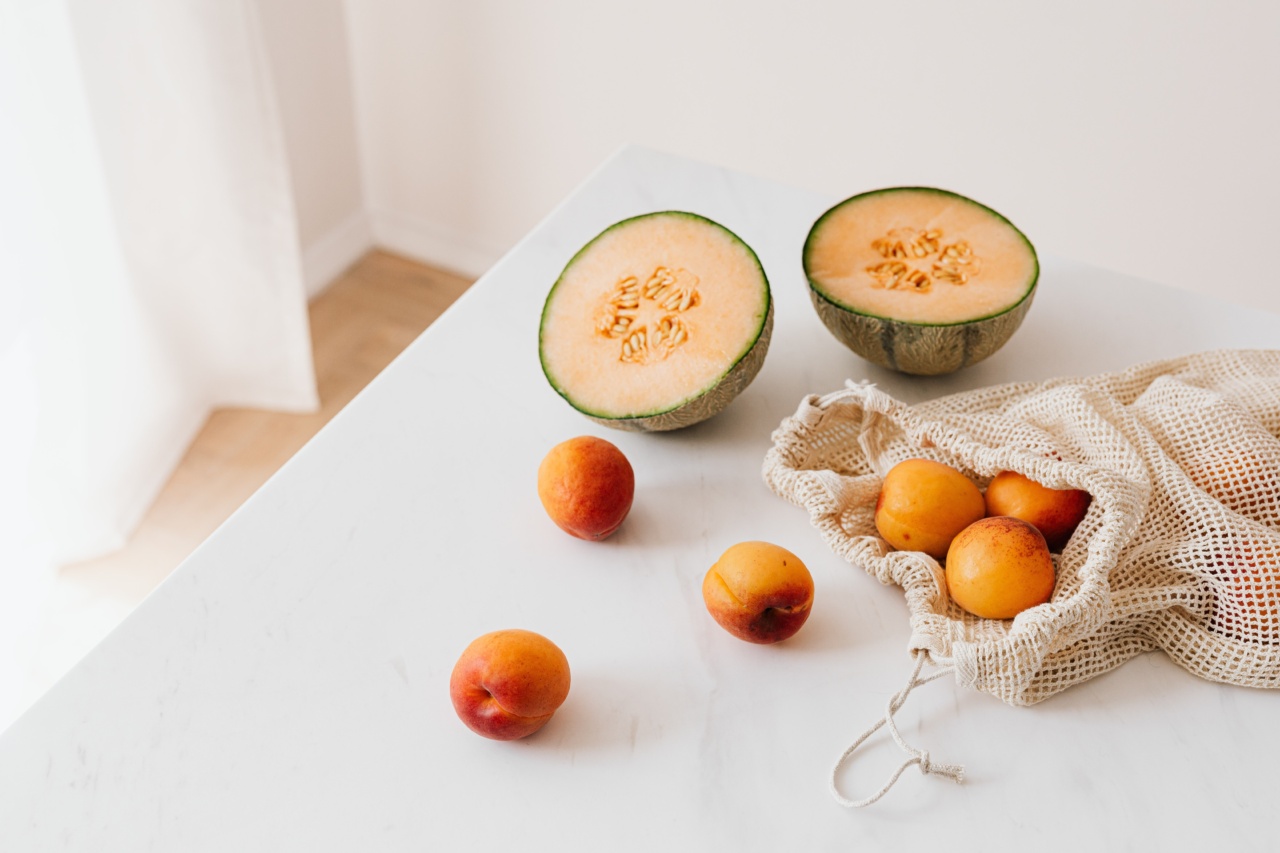Vitamin E is an essential nutrient that plays a crucial role in maintaining overall health and well-being. It is a fat-soluble antioxidant that helps protect cells from damage caused by free radicals.
While vitamin E is important for everyone, there are certain groups of people who may need more of this nutrient to meet their body’s requirements. Let’s delve into who needs more vitamin E and explore the foods that are high in it.
Pregnant women
During pregnancy, a woman’s nutritional needs increase significantly to support the healthy growth and development of the baby.
Vitamin E is particularly important during this time as it helps in the proper formation of the baby’s brain, central nervous system, and other vital organs. Pregnant women are often advised to consume more vitamin E-rich foods to ensure they meet their increased requirements.
Lactating mothers
Lactating mothers also have higher vitamin E needs as this nutrient is passed on to the baby through breast milk. It helps protect the baby’s cells from oxidative damage and supports their overall immune system.
Increasing vitamin E intake becomes crucial for breastfeeding mothers to ensure their own and their baby’s health.
Athletes and physically active individuals
People who engage in intense physical activities, such as athletes and fitness enthusiasts, often need more vitamin E due to the increased oxidative stress on their bodies.
Physical exercise leads to an increased production of free radicals, and vitamin E acts as a potent antioxidant to neutralize these harmful molecules. Adequate vitamin E intake can also help reduce exercise-induced muscle damage and promote faster recovery.
Individuals with certain health conditions
Some health conditions may increase the body’s demand for vitamin E.
For example, individuals with digestive disorders like Crohn’s disease, celiac disease, and cystic fibrosis may have difficulty absorbing fats and fat-soluble vitamins, including vitamin E. People with liver diseases, pancreatic disorders, or gallbladder problems may also experience malabsorption issues. These individuals may require higher vitamin E intake or even vitamin E supplements, under the guidance of a healthcare professional.
Older adults
As we age, our bodies’ ability to absorb and utilize nutrients declines. This puts older adults at higher risk of vitamin deficiencies, including vitamin E deficiency.
Moreover, aging is associated with increased oxidative stress and inflammation, which can have detrimental effects on overall health. Adequate vitamin E intake becomes even more important for older adults to fight oxidative damage and maintain optimal health.
Foods High in Vitamin E
Vitamin E is found in a variety of foods, both plant-based and animal-based. Here are some excellent sources of vitamin E:.
1. Almonds
Almonds are one of the most abundant sources of vitamin E. A handful of almonds can provide a significant portion of the recommended daily intake of this essential nutrient.
2. Spinach
Dark leafy greens like spinach are not only packed with various vitamins and minerals but also a great source of vitamin E. Incorporating spinach into your diet can help meet your vitamin E requirements.
3. Sunflower seeds
Sunflower seeds are not only delicious but also a concentrated source of vitamin E. Adding these seeds to your salads, smoothies, or enjoying them as a snack can boost your vitamin E intake.
4. Avocado
Avocado, known for its healthy fats, is also an excellent source of vitamin E. It can be enjoyed in various ways, such as in salads, sandwiches, or as a creamy addition to smoothies.
5. Rainbow trout
For those who prefer animal-based sources, rainbow trout is a great option. It is not only rich in protein and omega-3 fatty acids but also provides a good amount of vitamin E.
6. Kiwi
Kiwi, a vibrant and tangy fruit, is loaded with vitamin C and also contains a fair amount of vitamin E. It can be enjoyed as a refreshing snack or added to fruit salads.
7. Swiss chard
Swiss chard is an often-neglected leafy green, but it deserves attention for its nutritional profile. It is an excellent source of vitamin E along with other important vitamins and minerals.
8. Peanut butter
Peanut butter, a popular and versatile spread, is not only delicious but also provides a decent amount of vitamin E. Opt for natural peanut butter without added sugars or hydrogenated oils for maximum benefits.
9. Butternut squash
Butternut squash is a winter vegetable that is not only tasty but also rich in vitamin E. It can be used in various dishes, from soups to roasted vegetables.
10. Olive oil
Olive oil, especially extra virgin olive oil, is a staple in Mediterranean diets and is known for its numerous health benefits. It is not only a good source of healthy fats but also contains vitamin E.
Conclusion
Vitamin E is an important nutrient that plays a significant role in maintaining overall health.
The groups of people who may need more vitamin E include pregnant women, lactating mothers, athletes, individuals with certain health conditions, and older adults. Including foods high in vitamin E, such as almonds, spinach, sunflower seeds, avocado, rainbow trout, kiwi, Swiss chard, peanut butter, butternut squash, and olive oil, can help fulfill the increased vitamin E requirements.
Remember to consult with a healthcare professional or a registered dietitian for personalized advice regarding vitamin E intake.































